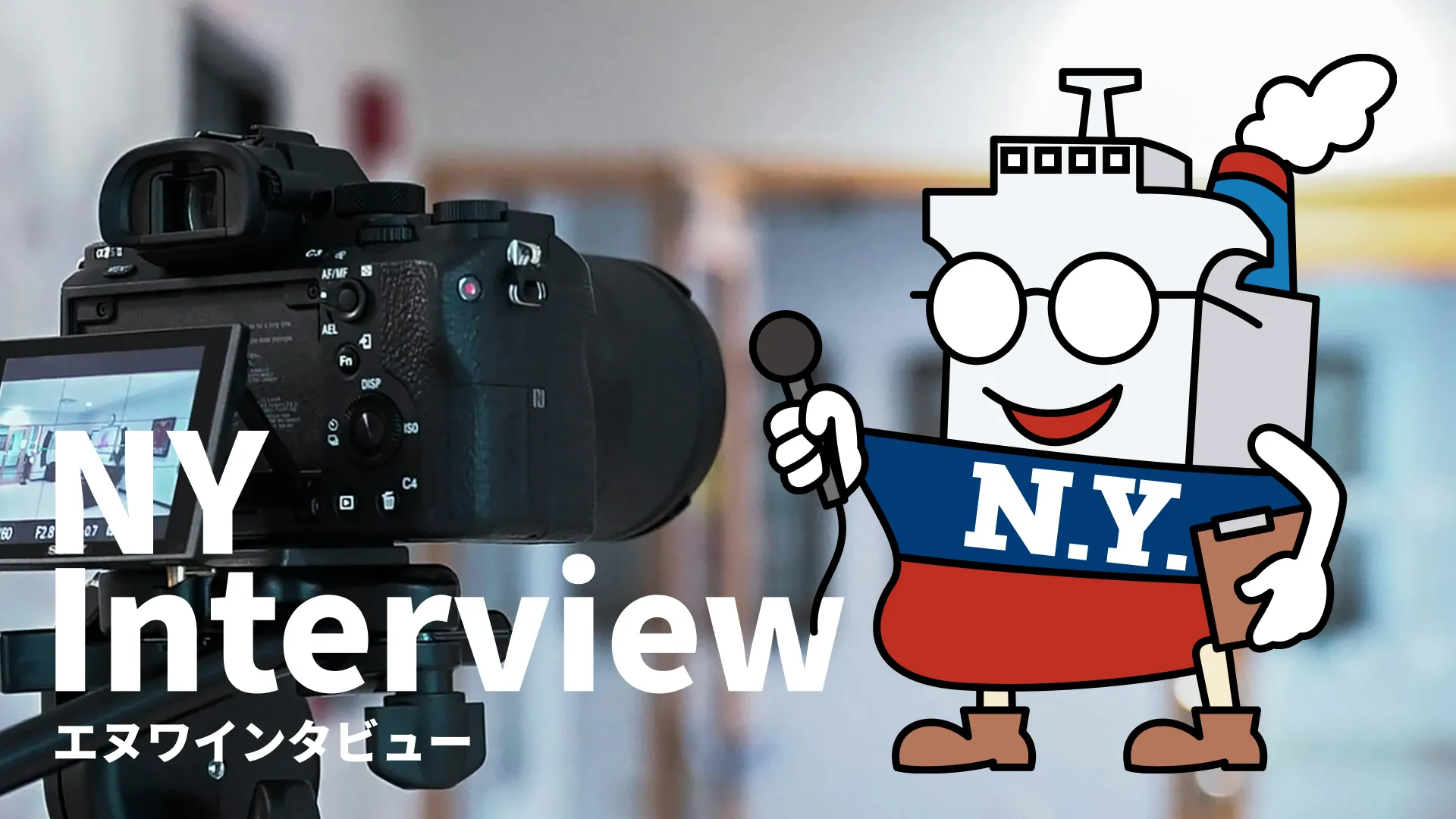PETER TABOADA in Practice — Securing Fresh Water at Berth with a Heat-Free RO Water Maker
Introducing an RO (reverse osmosis) water maker that runs without a heat source and can operate even while berthed — a game-changer for tank cleaning on chemical tankers facing freshwater shortages. Covers issues with traditional vacuum-evaporation systems, costs of shore-water purchases, Peter Taboada’s flexible lineup and performance, and a retrofit case in Japan.

Worsening onboard freshwater shortages
Stable freshwater supply is critical to safe and efficient vessel operations. On chemical tankers, in particular, large volumes of freshwater are frequently needed for tank cleaning, and availability can significantly impact voyage planning and cargo operations.
Traditional vacuum-evaporation water makers use main-engine waste heat to evaporate seawater and condense the steam with cooling water, producing high-purity water suitable even as boiler water. However, because they require a heat source to evaporate seawater, they cannot produce water while the main engine is stopped — i.e., during port stays.
Less waste heat due to slow steaming and CII compliance
A Japan-based coastal shipping company (Company K) has seen reduced waste heat during main-engine operation due to economical slow steaming and output limitations under the CII (Carbon Intensity Indicator) regulations 1, making it difficult to achieve the specified freshwater production when compared with past operational profiles.
Company K
—On chemical tankers that frequently load/discharge, we often cannot secure sufficient engine running hours to produce freshwater for domestic use and tank cleaning. This forces us to bunker freshwater in port — the price varies by port, and on certain routes it can be quite expensive — creating a considerable burden for operators.
The key: an RO water maker that runs on “electricity only”
Unlike evaporation, RO (Reverse Osmosis) water makers pressurize seawater through RO membranes to physically remove salts and impurities and produce freshwater. Because no heat source is required, they can produce water even when the main engine is stopped. As long as electrical power is available, stable freshwater production is possible at berth — this is the biggest advantage.
Our partner Peter Taboada’s RO water makers are widely adopted in Europe by cruise lines and navies, recognized for high performance and reliability. A major strength is the flexible system configuration and wide capacity range — from 1.8 m³/day to 200 m³/day. You can select the optimal capacity for your application, and add optional pre-/post-treatment depending on seawater and product water quality.
Adoption is growing in Japan as well. Company K decided to install a unit onboard for tank-cleaning freshwater. Beyond cost-effectiveness, the decisive factor was that, despite the difficulty of securing space for a retrofit, the system’s compact design made installation simple.
Expected benefits
By installing a PETER TABOADA RO water maker, you can expect effects such as the following, for example:
| Item | Previously (buy shore water) | After RO | Reduction |
|---|---|---|---|
| Freshwater cost (annual) | 100% | ▲70–80% | ~75% |
| Tank-cleaning delays | Occasional | Zero | - |
| CO₂ emissions 2 | Baseline | ▲ up to 5% | - |
Footnotes
-
The CII (Carbon Intensity Indicator) rates ships of 5,000 GT and above from A–E based on annual CO₂ efficiency. Receiving D for three consecutive years or E once requires corrective action. As a technical measure aligned with EEXI compliance, many operators adopt EPL (Engine Power Limitation), which caps maximum output via software (fuel injection limiting) or a mechanical stopper, with an emergency “override.” Reducing output by 10–30% typically lowers speed by 1–3 kn while cutting fuel use and CO₂ by ~15–20%. From an operational/contract standpoint, schedule extensions, charter party adjustments, safe-operation override procedures, and data logging are essential. As CII thresholds tighten over time, appropriate EPL deployment and optimized slow steaming are key pillars of a fleet carbon strategy. ↩
-
Because extended low-load main-engine operation can be avoided. ↩